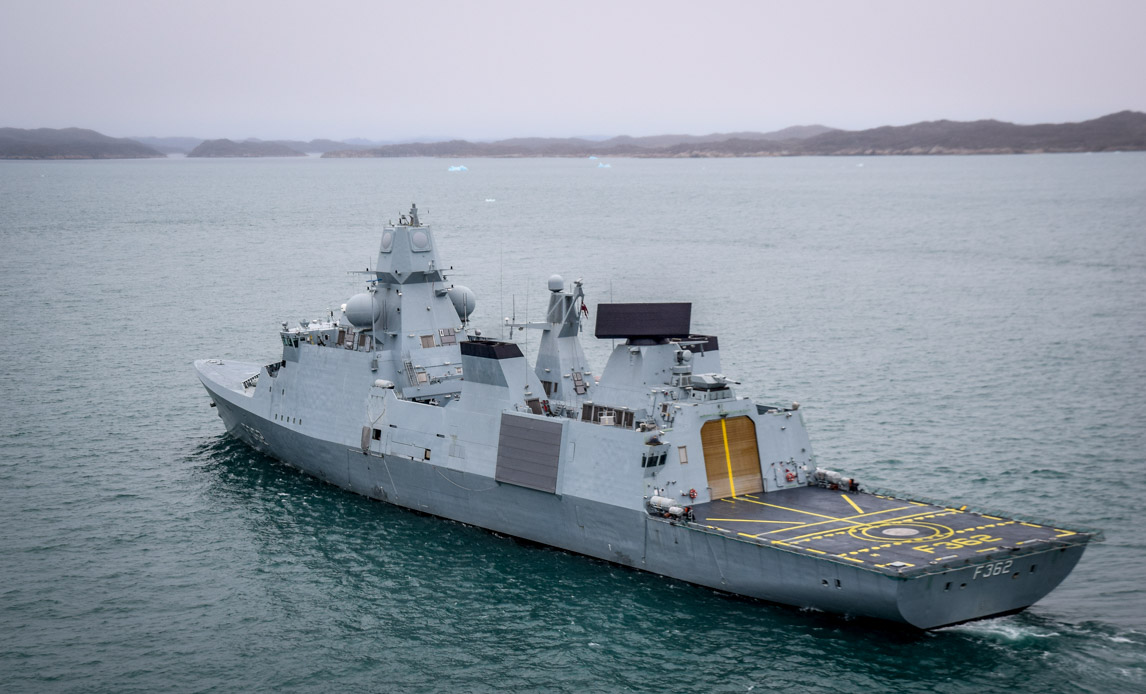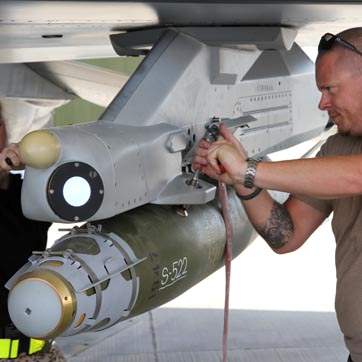Danish frigate and four F-16 Fighting Falcons to reinforce NATO forces

The frigate Peter Willemoes is going to reinforce Standing NATO Maritime Group 1 (SNMG1). Photo: Danish Armed Forces.
By Defence Command Denmark
After consulting with the Danish Parliament’s Foreign Policy Committee, the government has decided to include the Peter Willemoes and four F-16 fighter jets in NATO missions in the Baltics and Northern Europe. Russia's military build-up at Ukraine's borders and its tough stance towards NATO have prompted NATO headquarters to request member-state commitments in December to ensure that the alliance has the necessary capabilities at its disposal.
The Danish frigate will strengthen one of NATO's standing naval forces, Standing NATO Maritime Group 1 (SNMG1), and the four F-16 fighter jets will help maintain sovereignty in NATO airspace over the Baltics. The frigate Peter Willemoes is ready for deployment from mid-January and the four F-16 fighter jets at the end of this month.
Denmark often provides forces for similar tasks, but these are two additional force contributions. In doing so, Denmark is helping to ensure that NATO has the necessary forces at its disposal to deter enemy forces from invading the Alliance's territory at a time when the situation in Ukraine may threaten stability in Europe.
High readiness
Since the Peter Willemoes was already at high readiness and configured for NATO's reaction forces in 2022, it was capable of deployment at such short notice. The SNMG1 usually operates in the Baltic Sea as well as the northern and eastern Atlantic. The Peter Willemoes will be part of the force until the end of April.
The four F-16 fighter jets are expected to operate from Lithuania. Two of the aircraft are operational, while two are reserve. The task is to maintain sovereignty in the Baltic airspace, which the Danish Air Force has done regularly as part of Baltic Air Policing. The latest rotation took place from 1 September to 1 December 2021. Estonia, Latvia, and Lithuania do not have Air Force capabilities, and therefore other NATO countries provide security in Baltic airspace against violations by other nations' military aircraft.
